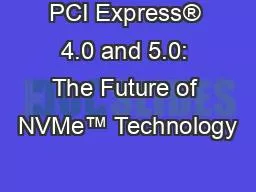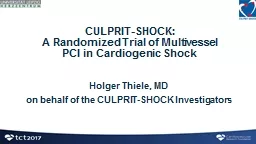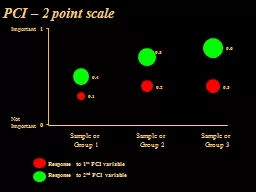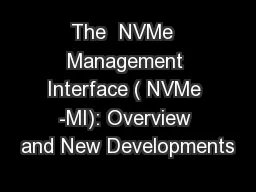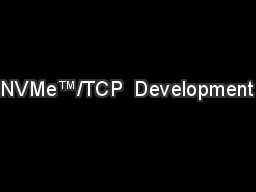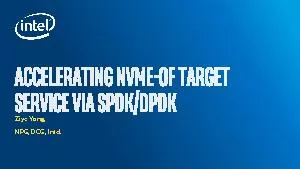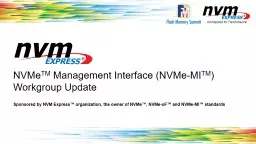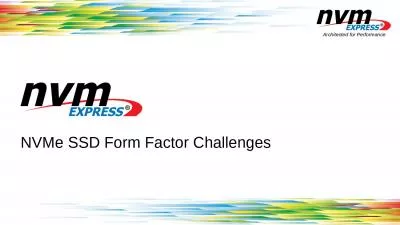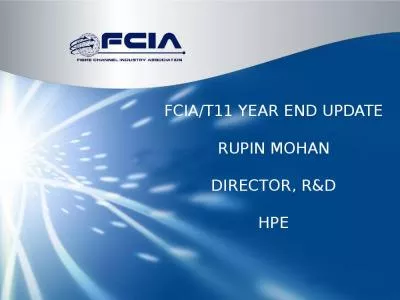PPT-PCI Express® 4.0 and 5.0: The Future of NVMe™ Technology
Author : nersonvisa | Published Date : 2020-11-06
2019 NVMe Annual Members Meeting and Developer Day March 19 2019 Prepared by Justin Wenck Senior Technical Marketing Engineer at Intel PCISIG Agenda PCISIG Overview
Presentation Embed Code
Download Presentation
Download Presentation The PPT/PDF document "PCI Express® 4.0 and 5.0: The Future of..." is the property of its rightful owner. Permission is granted to download and print the materials on this website for personal, non-commercial use only, and to display it on your personal computer provided you do not modify the materials and that you retain all copyright notices contained in the materials. By downloading content from our website, you accept the terms of this agreement.
PCI Express® 4.0 and 5.0: The Future of NVMe™ Technology: Transcript
Download Rules Of Document
"PCI Express® 4.0 and 5.0: The Future of NVMe™ Technology"The content belongs to its owner. You may download and print it for personal use, without modification, and keep all copyright notices. By downloading, you agree to these terms.
Related Documents

